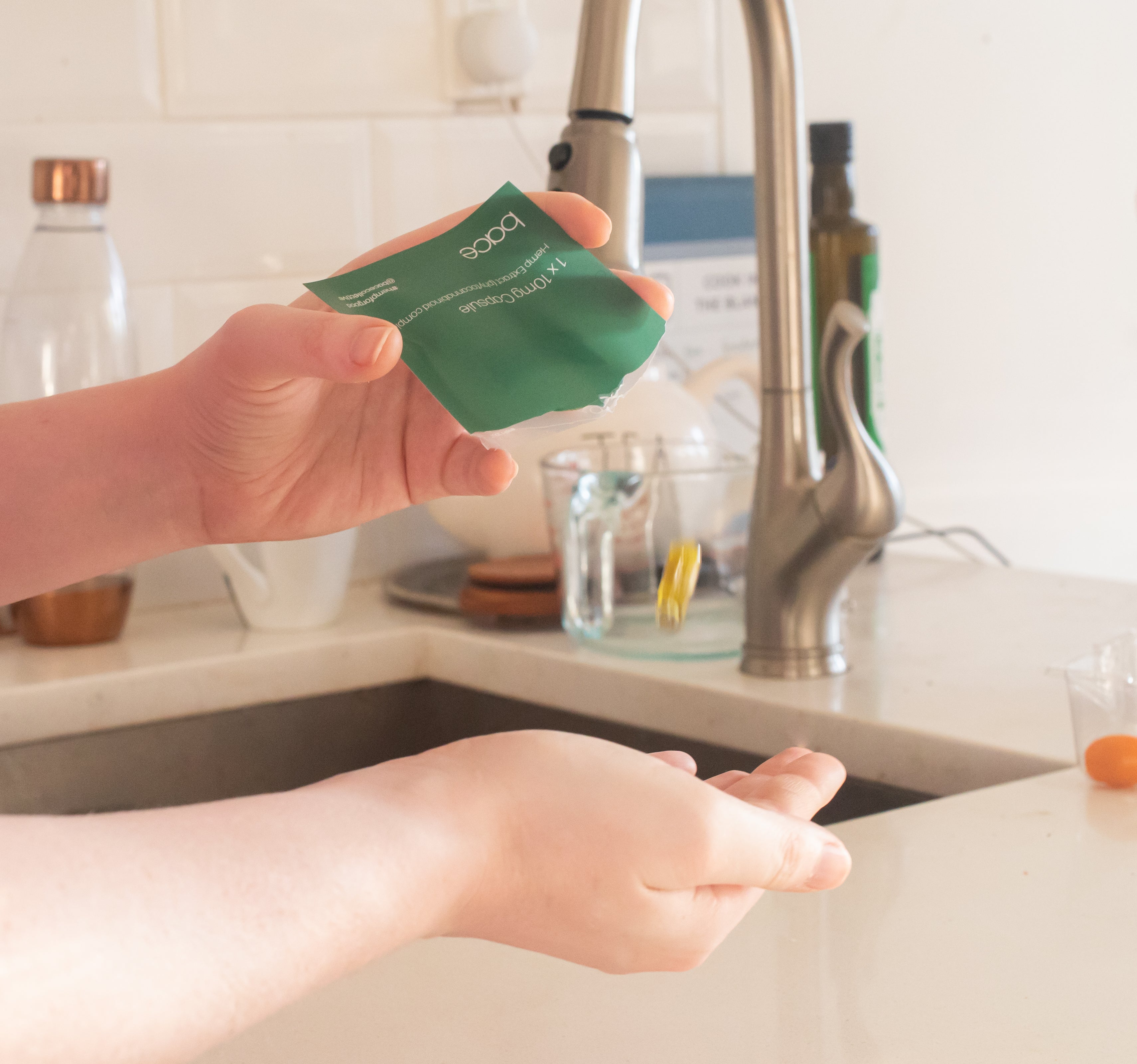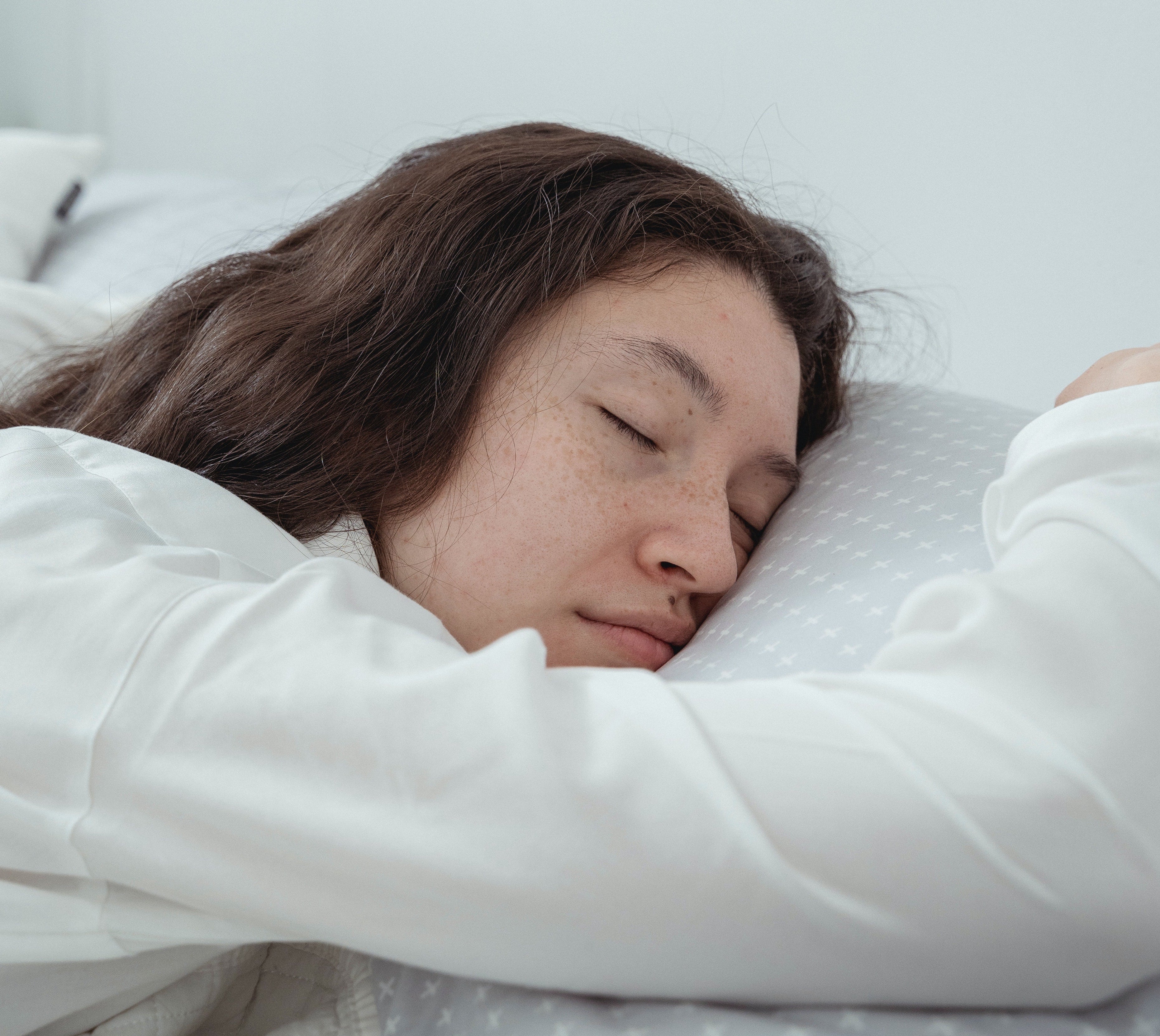How to Manage Pain Behind Your Knee
The knees are both the largest and most complex joints in the human body, so it’s no wonder they throb and ache from time to time.
This sentiment holds true whether you’re an athlete or lead a more sedentary lifestyle.
Of course, there’s a huge difference between a little soreness and consistent pain in the back of your knee.
If you’re one of the many people out there experiencing pain behind your knee, then you’re probably concerned with what’s causing that pain and what you can do to manage it more holistically.
In this article, we’re going to address all that and more.
Why Does the Back of My Knee Hurt?
Whether you feel a tightness behind the knee or a sharp pain, when there’s any discomfort in that area there’s usually a good reason for it.
Of course, when you consider the fact that your knee is the largest and most complex joint in your body, it makes sense to have pain in the area from time to time.
Especially when it comes to pain behind the knee, otherwise referred to in the medical community as posterior knee pain, there are several common causes ranging from arthritis to ligament injuries. Being that it’s such a complicated joint, the chance of determining those causes alone without professional medical guidance is very limited.
Some of the causes behind your knee pain will go away with adequate rest while others will require surgery. The following are some of the most common causes that typically need treatment, otherwise, they’ll continue to worsen over time:
Tendon or Muscle Injuries
When there’s damage to the muscles, tendons, ligaments, or other connective tissues in your legs, posterior knee pain is likely to crop up. These types of injuries can be mild or severe, depending on the initial cause—which can be due to overuse and strain or some type of accident, and are usually exercise-related.
For example, hamstring injuries, torn meniscuses, and other posterior cruciate ligament (PCL) injuries directly cause pain in the back of the knee. They also require immediate medical attention.
A Cyst or Tumor
You’re more likely to experience pain in the back of the knee due to a cyst than a tumor. The most common cyst that can form behind the knee is known as a Baker’s cyst, which causes lump-like swelling in the back of the knee.
Baker’s cysts typically form when synovial fluid gathers in the small hollow behind your knee. However, it’s usually arthritic stress or injuries that trigger fluid accumulation. So, it’s not something that just happens on its own.
Additionally, both malignant and benign tumors can form in the area. They’re also usually cancer-related, specifically, liposarcoma, osteosarcoma, and synovial sarcoma cancers that grow in the fatty tissues or bones.
Arthritis
Arthritis is an umbrella term of diseases that affect your joints, and it can cause pain or discomfort anywhere within your knees, including the back of the knee.
Generally speaking, most knee pain is associated with osteoarthritis, which is caused by aging and overuse. Rheumatoid arthritis can also be the culprit, but it’ll affect both knees at once.
Lastly, the cause could be gout or septic, which are both types of infectious arthritis that spread throughout the body.
An Infection
Aside from the infectious types of arthritis, your posterior knee pain could be the result of other types of infections. Those infections would include:
- Cellulitis (a skin infection)
- Osteomyelitis (a bone infection)
- Septic bursitis (infection of the bursae, which are fluid-filled sacs)
These infections will have varying causes and symptoms that you’ll notice right away—and they require immediate medical attention.
Deep Vein Thrombosis
Deep vein thrombosis (DVT) is caused by blood clotting deep within a vein. These clots usually occur in the pelvis, calf, or thigh, and can cause pain anywhere in the leg, including the back of your knee.
DVT is also a life-threatening condition. If a part of the blood clot breaks loose, it can travel to the lungs and block blood flow. Even if the clot doesn’t move, it can do damage to the valves in our veins, causing very noticeable pain and swelling, as well as ulcers and other severe symptoms.
The Most Common Back of Knee Pain Symptoms
There are several conditions and issues that can produce similar back of the knee pain symptoms. While you should never ignore your back of the knee pain, understanding the different symptoms can alert you to whether you need to see a doctor right away or can try taking it easy for a few days.
Let’s take a closer look at the symptoms and what they mean:
Stiffness or Swelling
If your knee is visibly swollen or looks misshapen, is unable to bend or pops, locks up, or collapses when you put weight on it, then you’ve most likely sustained an injury.
While injury isn’t the only possibility for a swollen or popping knee, there are still various types of injuries to consider before ruling it out—especially if you participate in sports or heavy exercise.
Redness or Warmth
If the back of your knee feels hot to the touch or there’s visible redness, it could be a sign of a spreading infection. It could also indicate that you have a fever, in which case the warmth and redness would subside along with your fever.
Varying Pain
Varying pain can include dull pain, sharp pain, burning, and so on. The pain can be consistent or it can come and go in waves. In some cases, it may only occur when you bend your knee, put weight on it, and so on.
When it comes to varying pain, the culprit could be a number of things that would require a doctor’s diagnosis.
How Can I Manage My Back of Knee Pain?
Ultimately, how the pain behind your knee is treated will depend entirely on its root cause and a doctor’s diagnosis. However, when it comes to managing the everyday pain, here’s what the professionals recommend:
Stretching
According to the American Academy of Orthopaedic Surgeons (AAOS), doing lower body stretches up to five times a week can help improve your knee joint’s range of motion and flexibility, which can alleviate pain to some extent and make it easier to get around.
It’s important to remember that before you start your stretches you need to spend up to 1o minutes warming up via low-impact activities, such as walking or hopping on a stationary bike. Once you’ve warmed up, you can perform your knee stretches.
Be sure to repeat those stretches after exercising as well.
Daily Exercises
There are certain strengthening exercises that help support the overall movement of your knees. They not only help to prevent injury during exercise and daily activities that include lifting or moving sizable objects, but they can reduce the burden your knees, tendons, and ligaments carry by conditioning the muscle surrounding them.
The best daily exercises for behind the knee pain are the ones recommended by physical therapists and doctors. They typically include simple movements such as knee extensions, heel and calf raises, wall squats, and low impact cardio such as walking, swimming, and cycling.
Keep in mind that everyone is different, so be sure to consult with your physician for the best exercises for your specific knee issues.
Certain Foods and Supplements
While there’s no cure-all in terms of magical foods or supplements for what ails you, the rule of thumb is to maintain a wholesome diet that includes enough healthy fats, protein, antioxidants, vitamins, and so on.
That means stocking up on cruciferous vegetables, fruits, nuts, legumes, lean proteins, and whole grains. You can also add omega-3 and collagen supplements to fill in the gaps from your deity as well.
It’s also a good idea to avoid sugar, saturated fats, alcohol, high amounts of salt, food additives, and omega-6 fatty acids. (Omega-6s are found in the bad types of cooking oils like canola, palm, corn, and sunflower. These types of fatty acids boost inflammation in the body and also contribute to heart problems.)
Topical Treatments
There are several topical treatments that can help relieve your back of knee pain, and they range from creams to patches. These over-the-counter (OTC) products typically offer pain-relieving ingredients such as menthol, methyl salicylate, camphor, capsaicin, and more.
There are also prescription NSAIDS, both non-steroidal and steroidal, and lidocaine which is a medical-grade anesthetic.
CBD balms and salves are also a popular alternative to your regular OTC and prescription products. You can find both transdermal and non-transdermal CBD balms to relieve pain, and they’re often formulated as naturally as possible so you don’t have to worry about all those synthetic ingredients and chemicals found in regular OTC products.
For example, Bace’s Hemp CBD Relief Balm is a transdermal balm containing high-quality CBD, arnica, beeswax, organic coconut oil, and essential oils for deep and natural pain relief. It’s perfect for all types of knee pain, and it comes with a certificate of analysis (COA) so you know exactly what you’re getting.
Posterior knee pain can be complicated, but managing that pain doesn’t have to be. Whether your knee issues stem from an injury, a health condition, or simply from aging, prioritizing your overall health and using clean and healthy products will go a long way.
Remember to consult with your doctor before starting any exercise regimens when you’re experiencing behind the knee pain or other issues. The same goes for adding CBD to your daily routine—and don’t forget to check back with our journal for more health and wellness tips.





